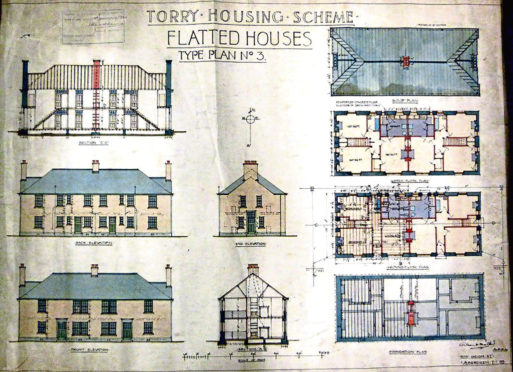This week Aberdeen City Council announced a planning application has been submitted for 99 homes to be built in Kincorth as part of a major project delivering 2,000 new council houses across the city.
It’s now more than 100 years since the passing of the Housing and Town Planning Act, also known as the Addison Act, which was conceived as a way of providing “homes fit for heroes” in the aftermath of the First World War. Subsequent Housing Acts in 1924 and 1930 encouraged further housing schemes by local authorities, and ultimately the inter-war Housing Acts led to the construction of 1.1 million homes across the country.
Archives allow us to trace how councils in the north-east benefited from this legislation. Aberdeen’s first municipal housing actually predates the Addison Act. Tenements in Urquhart Road and Park Road were built in 1897, but the Town Council was keen to make the most of the opportunities presented by the Addison Act to tackle long-standing problems of overcrowding and slum properties.
Conditions in the city had led the medical officer of health to report in 1921 that 1,099 houses were classified as insanitary, and a tenth of the population were in overcrowded accommodation. The Guestrow, Shuttle Lane and Shoe Lane districts would be targeted for slum clearance programmes later in the 1920s. The medical officer stated it was “generally known there is not a vacant habitable house to be got within the city”.
He estimated 4,000 additional houses needed to be built over the coming years to meet demand.
Funding under the Addison Act was granted in 1919 for a scheme in Torry, featuring three-room cottages with bathrooms and WCs, with rents fixed at between £22 and £32 10s per annum. The first homes became available to tenants in March 1922, and further developments at Torry, Hazlehead and Hilton followed under later housing acts in the 1920s.










